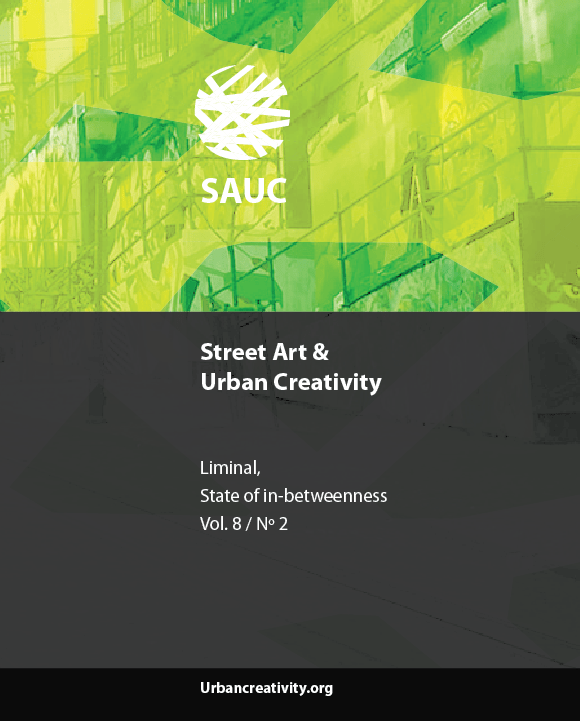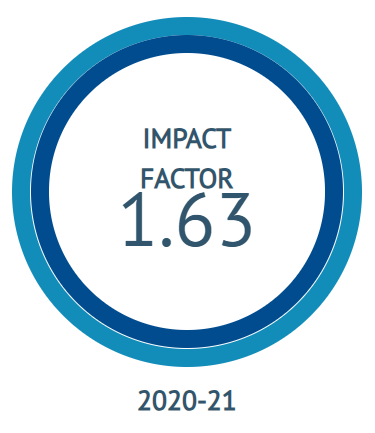Drawing the Line: A Legal Geography of Street Art in the London Borough of Tower Hamlets
DOI:
https://doi.org/10.25765/sauc.v8i2.623Keywords:
graffiti, street art, urban semiotics, property, urban management, legal geographyAbstract
This article presents the findings of a small study that examines how and why the London Borough of Tower Hamlets introduced a policy in 2019 to distinguish between graffiti and street art. In doing so, this study adopts the theoretical vocabulary of legal geography to intervene in debates concerning the distinction between graffiti and street art. The research begins by outlining East London as a site of empirical interest, before defining several concepts in legal geography that are argued to be of analytical use for graffiti and street art scholars. The methodology of the study is presented before describing the results: that street art is selectively retained in Tower Hamlets because it valorises and decorates property where graffiti is considered to threaten the dominance of property in the spatial imagination of the law. As such, legal geography is presented as a critical tool to interrogate the instrumentalisation of policies, like that in Tower Hamlets, that seek to regulate what can be termed street art.
Downloads
Global Statistics ℹ️
|
170
Views
|
96
Downloads
|
|
266
Total
|
|
Downloads
Published
How to Cite
Issue
Section
License
Those authors who publish in this journal accept the following terms:
-
Authors retain copyright.
-
Authors transfer to the journal the right of first publication. The journal also owns the publishing rights.
-
All published contents are governed by an Attribution-NoDerivatives 4.0 International License.
Access the informative version and legal text of the license. By virtue of this, third parties are allowed to use what is published as long as they mention the authorship of the work and the first publication in this journal. If you transform the material, you may not distribute the modified work. -
Authors may make other independent and additional contractual arrangements for non-exclusive distribution of the version of the article published in this journal (e.g., inclusion in an institutional repository or publication in a book) as long as they clearly indicate that the work was first published in this journal.
- Authors are allowed and recommended to publish their work on the Internet (for example on institutional and personal websites), following the publication of, and referencing the journal, as this could lead to constructive exchanges and a more extensive and quick circulation of published works (see The Effect of Open Access).













